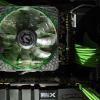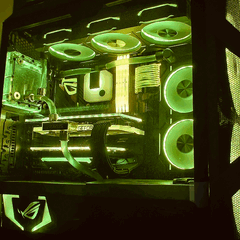Nvidia Vows to Support AMD's Alternative to G-Sync - Adaptive Sync Gets Green Light
-
Featured Topics
-
Topics
-
KeradSnake ·
Posted in Tech News0 -
YoungBlade ·
Posted in Storage Devices1 -
0
-
4
-
3
-
Refit ·
Posted in Troubleshooting0 -
3
-
KapteijnK ·
Posted in New Builds and Planning21 -
0
-
8
-





















Create an account or sign in to comment
You need to be a member in order to leave a comment
Create an account
Sign up for a new account in our community. It's easy!
Register a new accountSign in
Already have an account? Sign in here.
Sign In Now